HOTEL QB [Korea Quality] / 호텔큐비(호텔QB) [한국관광 품질인증]
2.1Km 2023-04-13
322-10, Jong-ro, Jongno-gu, Seoul
+82-10-2408-2842
Located just a three-minute walk away from the Dongdaemun Subway Station in Seoul, the hotel offers easy access for shopping and culture tour. Airport bus passes beside the building and Dongdaemun Shopping Complex, home to large shopping malls and wholesale fashion shops, are only a ten-minute walk away.
QB, which stands for boutiQue Business, reflects our commitment to guests on business trips with high-quality service and rooms. Customized trip consulting service is provided for those who are visiting without information; complimentary luggage storage service is also available.
Hotel QB has 21 rooms in total, ranging from single rooms for solo travelers to quad rooms for up to six persons. The rooms with modern and stylish interior design in pastel tone create cozier atmosphere. Internet is provided without charge in all rooms, and shared PCs are available in the shared kitchen. Guests may also cook for themselves as a microwave oven, an induction, a refrigerator, and kitchenware are available in the shared kitchen.
Neighboring tourist attractions such as Dongdaemun Shopping Complex are always busy with travelers. Dongdaemun Fashion Street, the trend-setting spot for the young, gets even livelier at night, whereas Dongdaemun Design Plaza (DDP) is famous for its night view. The night market, which opens on Friday and Saturday evenings, offers more things to eat and see. In addition, Dongdaemun History and Culture Park, Cheonggyecheon Second-hand Book Shop Street, and Dongmyo Flee Market are close to the hotel. Gwangjang Market, Jongmyo Shrine, and Daehakro Street are located one subway station away, which is also a walkable distance.
Estación de Cheongnyangni (청량리역)
2.2Km 2021-04-12
Dapsimni-ro 11-gil 30-22, Dongdaemun-gu, Seúl.
Localizada en Jeongnong-dong, Dongdaemun-gun, Seúl, la Estación de Cheongnyangni de la línea Gyeongwon está entre la Estación Wangsimni y Hoegi. Es la primera y la última estación de la línea Jungang. Empezó a operar el 15 de octubre de 1911, y cambió su nombre en 1938 por el de Estación de Dongyeongseong. Su nombre actual lo obtuvo en el año 1942. Pertenece a la sucursal metropolitana de Dongbu de KORAIL y en ella operan la línea Mugunghwa, los trenes de alta velocidad ITX y KTX y el metro de Seúl.
Donga Stationery (동아완구)
2.2Km 2024-10-08
5 Jong-ro 52-gil, Jongno-gu, Seoul
Geumdwaeji Sikdang (금돼지식당)
2.2Km 2024-08-08
149 Dasan-ro, Jung-gu, Seoul
Laboratorio de Cocina OME (오미요리연구소)
2.2Km 2022-10-14
Gosanja-ro 46-gil 22-1, Dongdaemun-gu, Seúl
En el Laboratorio de Cocina OME los participantes pueden preparar platos de la mesa diaria de los coreanos con los ingredientes adquiridos en el Mercado de Yangnyeong y Mercado de Gyeongdong. Además tendrán la oportunidad de charlar con los vendedores de los mercados.
Kwangya Seoul (광야 서울)
2.2Km 2024-02-27
Wangsimni-ro 83-21, Seongdong-gu, Seúl
Everest (에베레스트)
2.3Km 2019-09-02
2-1, Jong-ro 51ga-gil, Jongno-gu, Seoul
+82-2-766-8850
Nepal is located in the southcentral region of the Himalayan Mountains between India and Tibet, accounting for its diverse mixture of both country's cultures. Restaurant Everest allows guests to enter this culturally diverse world by offering cuisine from Nepal, India, and Tibet. In addition, Everest is operated by a Nepali owner, serving affordable food to tourists and students interested in the culture of Nepal. Customers can learn of the traditional food and culture of Nepal while listening to Nepali music and watching movies. The restaurant also provides a seminar area for various meetings.
Parque de la Historia y Cultura de Dongdaemun (동대문역사문화공원)
2.3Km 2025-05-22
Eulji-ro 281, Jung-gu, Seúl
El Parque de Historia y Cultura de Dongdaemun es un complejo cultural que aúne los temas del pasado, el presente y el futuro de Corea. Está constituido por múltiples edificios y el famoso Dongdaemun Design Plaza (DDP) forma parte de ellos. Además de aprender sobre la historia y conocer mejor la cultura contemporánea de Corea, los visitantes pueden relajarse y hacer una pausa para tomar un descanso en sus recorridos de compras por la zona.
Gungnara Naengmyeon Mukbap (궁나라냉면묵밥)
2.3Km 2025-08-01
6, Jibong-ro 12-gil, Jongno-gu, Seoul
Puerta Gwanghuimun (광희문)
2.3Km 2021-02-24
Toegye-ro 344, Jung-gu, Seúl
+82-2-3700-3900
La puerta Gwanghuimun fue construida en el año 1396, durante el 5º año del rey Taejo, en el sureste de la capital (Seúl). Se suele conocer también como puerta Sugumun (puerta del canal de agua) y fue usada como Sigumun, que literalmente significa 'puerta del cadáver', ya que las procesiones funerales pasaban por esta puerta cuando salían por el este.
Durante la Guerra Imjin (invasión japonesa de 1592 a 1598), las puertas de la fortaleza fueron destruidas a tal grado que fue practicamente imposible encontrar el lugar original de su localización. Sin embargo, los esfuerzos de reconstrucción se iniciaron en 1711 (37º año del reinado de Sukjong) y la puerta del canal de agua fue restaurada con forma de torre. Desde ese momento, la puerta quedó intacta, incluso cuando los muros de la fortaleza fueron derrumbados para construir caminos durante la ocupación japonesa, pero la Guerra de Corea la dejó con graves daños y quedó abandonada. En 1975, empezaron los trabajos de reconstrucción para recolocar la puerta Gwanghuimun a 15 metros más al sur de su localización original, que se encontraba en medio de la carretera.
![HOTEL QB [Korea Quality] / 호텔큐비(호텔QB) [한국관광 품질인증]](http://tong.visitkorea.or.kr/cms/resource/54/2634454_image2_1.jpg)
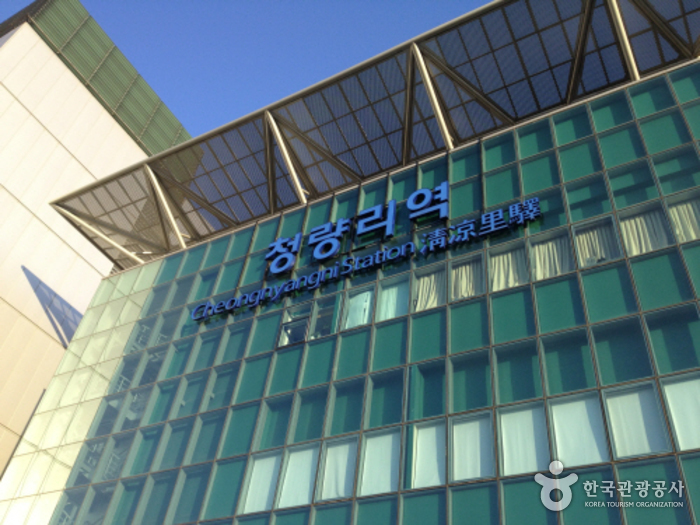
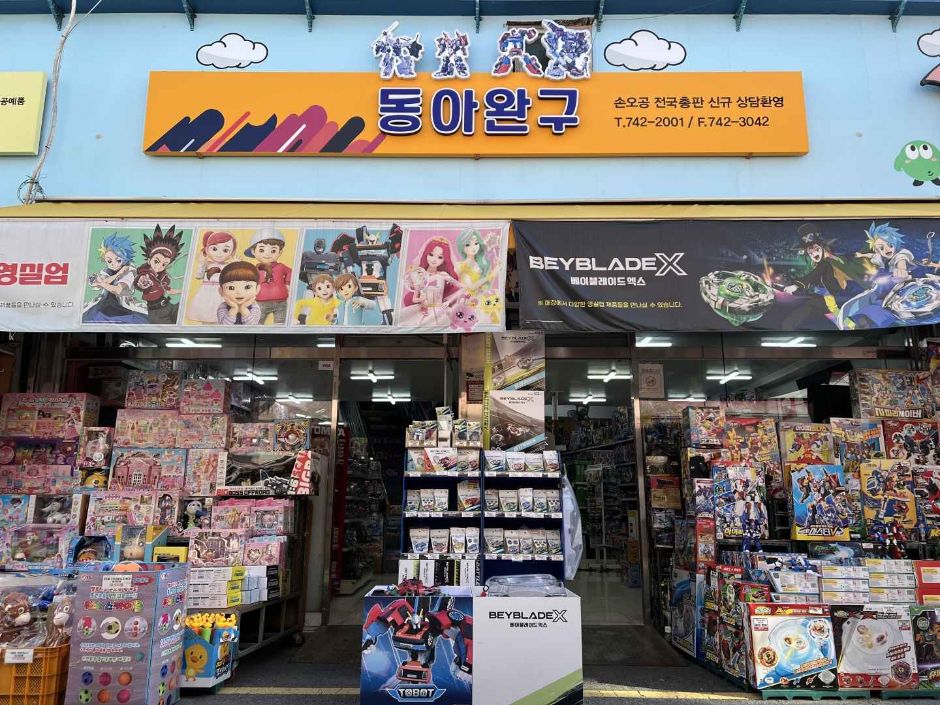

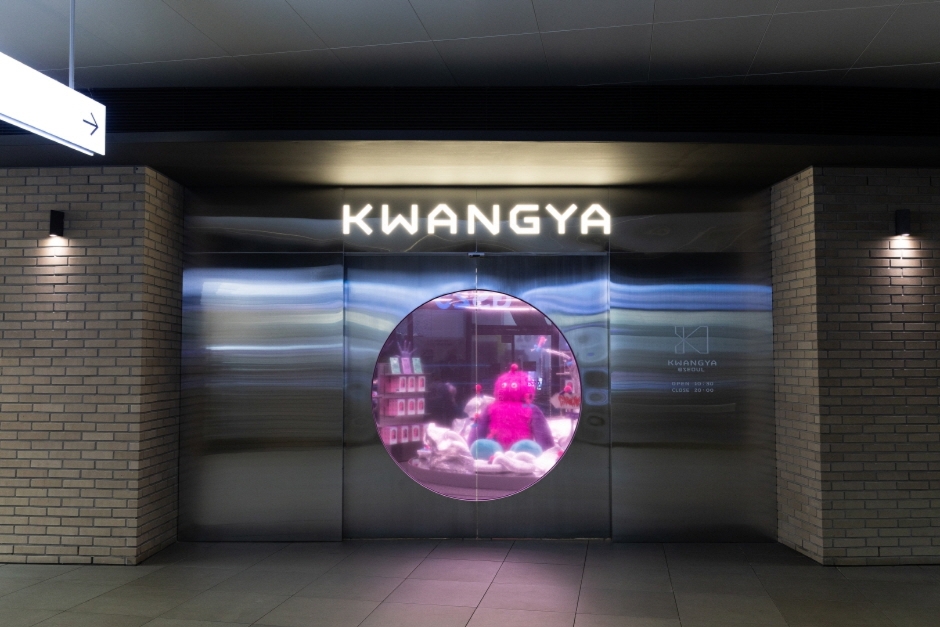
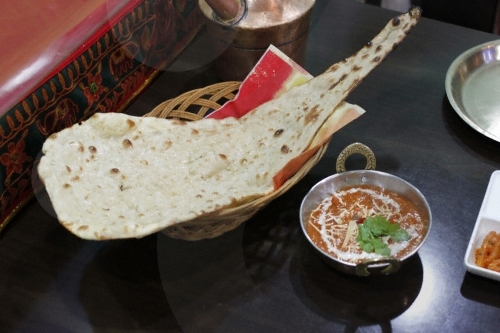
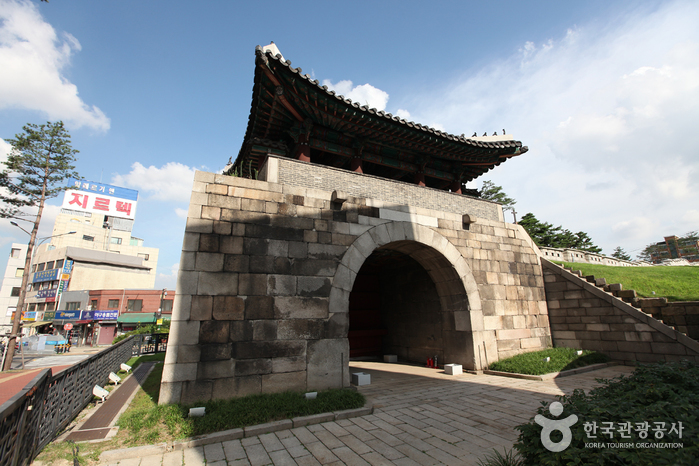
 Español
Español
 한국어
한국어 English
English 日本語
日本語 中文(简体)
中文(简体) Deutsch
Deutsch Français
Français Русский
Русский